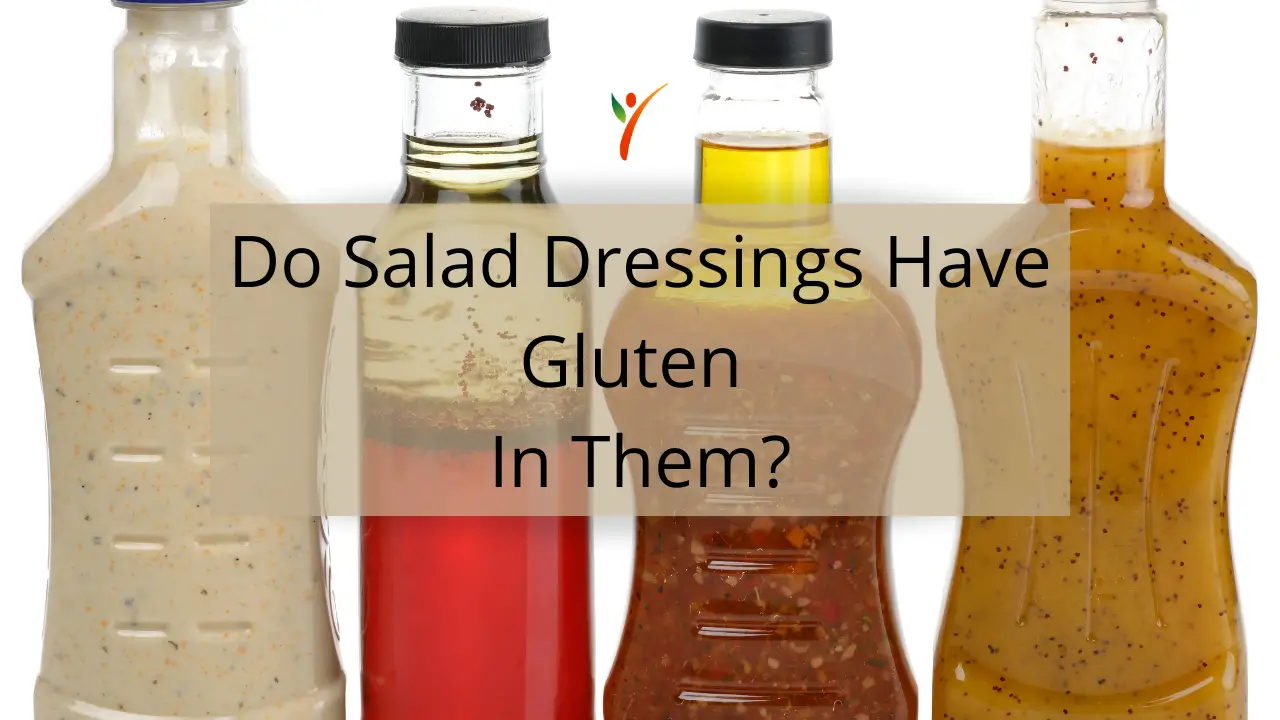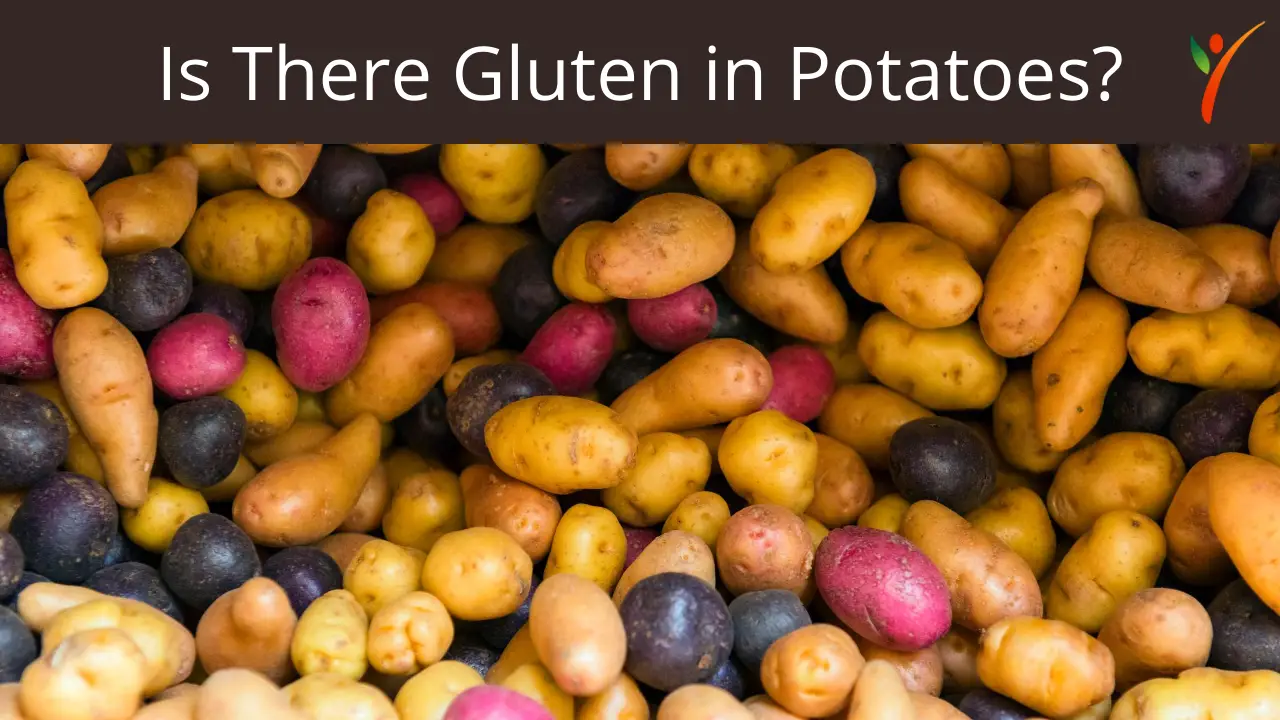Salad dressings can make your organic greens even more delicious. However, you need to be diligent that they don't contain gluten if you are eating a gluten-free diet. Regular bland greens will taste delicious with a drizzle of rich flavor you can find in salad dressings.
Keep in mind that not all salad dressings are suitable for consumption on a gluten-free diet. How do you know which one you can eat without disrupting your gluten-free diet plan? We've combined everything you need to know for adding salad dressings on your salads, marinades, and dips.
What Are Salad Dressings?
You might think salad dressings have only been around for a century or so, but that's incorrect. We can date the origin of salad dressings back to the Babylonian times 2000 years ago. From there, salad dressings have come in different tastes according to cultural differences. However, one aspect remains constant; they're combining a liquid medium, herbs, and spices to drizzle over your greens.
The Romans, Greeks, Persians, even the Egyptians have used this delicious liquid to bring a burst of flavor to their traditional salads. Whether Caesar salad dressing originated in Mexico or the traditional Ranch invented in Alaska, salad dressings are essential. One thing is for sure, topping off your salads with this creamy liquid is bound to give it the kick it needs.
Homemade vs. Store-Bought Dressing
You may wonder about whether you should be making homemade salad dressing or buying it from the store. After all, they both have their pros and cons, and it's not uncommon to be confused. For this reason, we've compiled the advantages and disadvantages of each to help you decide for yourself.
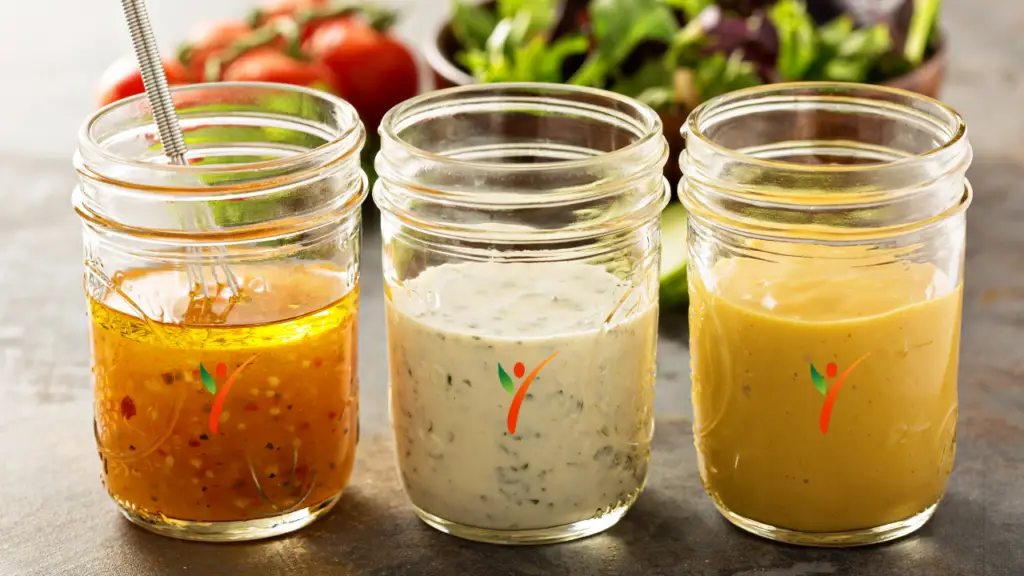
Homemade Salad Dressing-
For starters, everyone knows that homemade food products are healthier and might even be tastier. It eliminates the excessive chemicals, additives, and preservatives added to packaged items when you make homemade salad dressing.
Not to mention they're incredibly cheaper since ingredients, e.g., vinegar, oil, herbs, etc. don't cost too much. Even your body absorbs the healthy nutrients from homemade salad dressings quicker and more efficiently.
On the other hand, you'll have to take out time out of your busy day to make it yourself. Another concern is that you'll have to have the ingredients on hand if you're thinking of homemade dressing. Simultaneously, homemade salad dressings have a shorter shelf-life and are prone to get spoiled more quickly. But again, they do not contain the preservatives that our bodies cannot always digest.
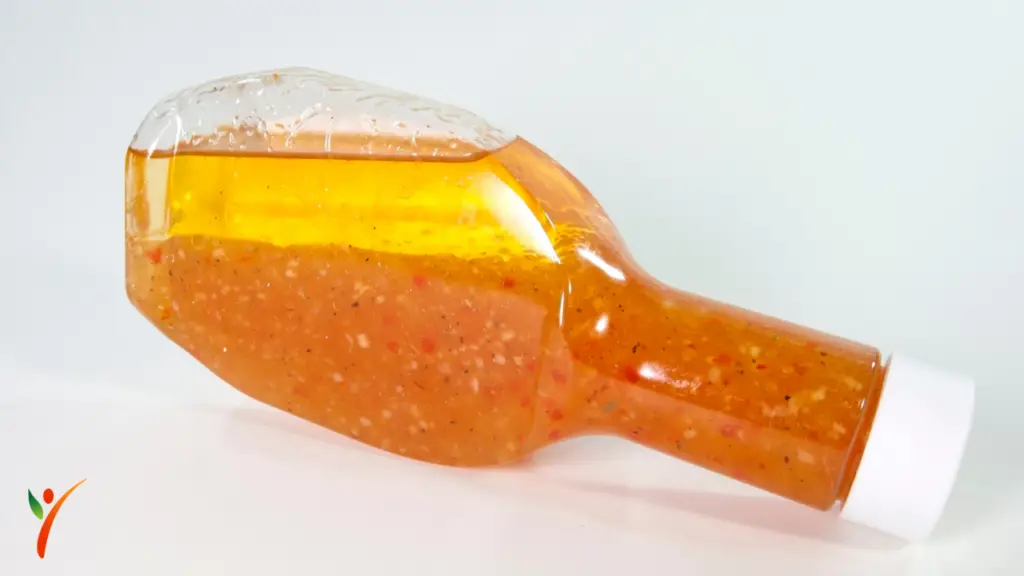
Store-Bought Salad Dressing-
You've seen numerous options in stores when you're shopping for a salad dressing. This gives you the advantage of choosing between a variety of flavors. Store-bought salad dressings also contain preservatives making them last longer in your kitchen, sometimes even for months. You can grab a salad dressing without having to put in the additional work.
Looking at the disadvantages of buying a store-bought salad dressing, they're comparatively more expensive than the raw ingredients. They also contain additives such as high fructose corn syrup, dyes, and oils that can be harmful to your body.
For those following a diet plan, the additives can include ingredients you're trying to avoid. You can't customize a store-bought salad dressing according to your taste preferences; you'll have to buy what you find.
Types of Gluten-Free Salad Dressings
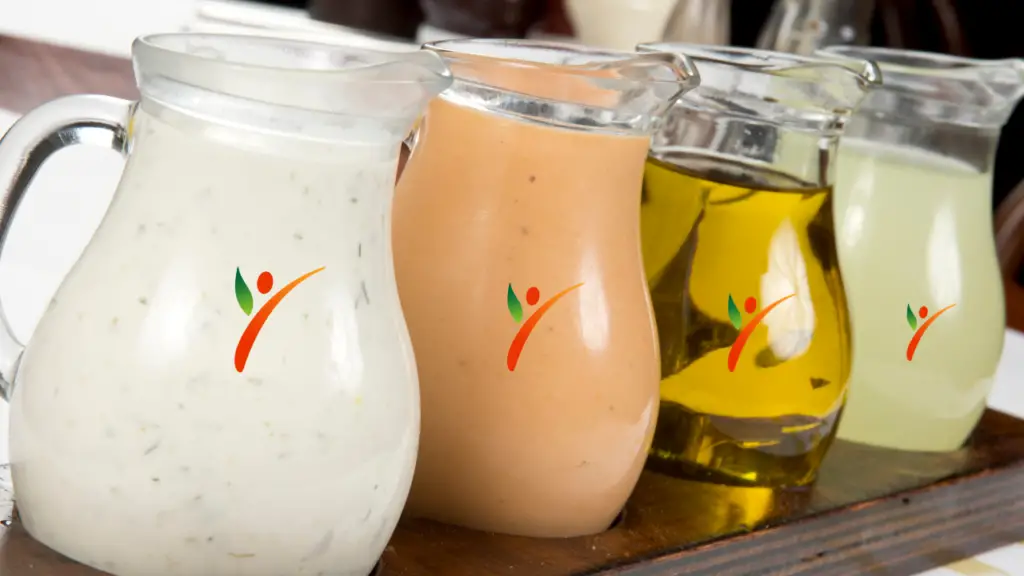
On a gluten-free diet, you'll be looking out for salad dressings that naturally don't contain any gluten-containing ingredients. These salad dressings are the best options for your diet. However, bottled salad dressings might still contain additives, which is why it's essential to check their ingredients list. Here are the salad dressings you can quickly go for to add to your salads on a gluten-free diet:
- Vinaigrette-
Vinaigrette is a classic salad dressing that is always gluten-free unless the manufacturer adds additives. A vinaigrette is typically made from combining one part acidic base to three parts cooking oil.
Although you need an extra punch of the tart flavor, you can always increase the sour element. The acidic base usually consists of lemon juice or vinegar, but can also be made with red wine or champagne. Simultaneously, a healthy vinaigrette contains cooking oils such as olive oil.
- Italian Dressing-
This type of salad dressing is a jazzed up fancier version of the traditional vinaigrette. Italian dressing consists of a vinaigrette packed with herbs and spices for an intense flavor. Additionally, finely chopped or ground onion and garlic are also used to take the taste up a notch.
Italian dressing uses only oil, acidic base, and herbs and spices; it's considered naturally gluten-free. This dressing accompanies pasta salads and stirred veggies perfectly. You can even use it for sandwiches or as a marinade for your meat.
- Caesar Salad Dressing-
A Mexican-originated tradition, the salad, and its dressings have made a name for itself worldwide. While the salad is a flavorful combination of healthy ingredients, the sauce brings it together. You can find numerous recipes for Caesar dressing, each using various preferred ingredients.
The most common are lemon juice, olive oil, Worcestershire sauce, dijon mustard, garlic, and anchovies. You will have to look into whether the Worcestershire sauce and dijon mustard are gluten-free. Otherwise, this dressing is the perfect solution to give you the flavor your salads are missing.
- Mayonnaise Dressing-
Mayonnaise makes an ideal addition to your fast food options such as burgers and fries. But mayo can also bring an enhanced flavor to your salads without too much trouble. You can add salt, pepper, and a little lemon juice for a tasty salad dressing.
If you want to level up the game, mayonnaise is also used to make fancier dressings, e.g., tartar sauce. Mayonnaise to make a cream-based sauce, what more could you want for your salad?
- Yogurt/Buttermilk Dressings-
One of the best things about these dressings is that you don't need tons of ingredients to make them flavorful. Another advantage is that they're naturally thick so that you won't need artificial thickeners for these creamy sauces. These sauces use natural dairy ingredients, so the sauce is a favorite amongst those following a gluten-free diet.
The Relation Between Salad Dressings and Gluten

You're probably wondering why salad dressings have gluten in the first place. Understanding gluten-containing ingredients and why they're added is essential. This way, you can correctly identify them and avoid them on your gluten-free diet.
Gluten addition for flavor:
It's common for food manufacturers to add gluten-containing ingredients to their products to enhance their flavor. Similar is the case with salad dressings where bottled dressings might contain gluten to contribute to more flavor. One of the main gluten-containing ingredients in salad dressings for flavor include malt vinegar.
Other than that, Asia-flavored dressings make use of soy sauce, which can contain gluten. Since condiments such as mustard also contain malt-additives, and salad dressings with such seasonings should be checked. Although, as a flavor-enhancer, gluten can easily be identified as long as you know what ingredients contain gluten.
Gluten addition for thickening:
Not all salad dressings are naturally thick and creamy, so manufacturers add gluten to thicken the dressing. Even in cream-based salad dressings, gluten is used in bottled dressings as a thickening agent. You need to search for ingredients such as starch and flour on the product's label. Additionally, both ‘food starch' and ‘modified food starch' are common culprits for containing gluten since they generally include wheat grains.
Gluten addition as filler ingredients:
Processed salad dressings that don't have a GF-label are bound to contain filler ingredients. Gluten as filler ingredients is hardest to identify, especially if you're not aware of them.
Have you ever thought about why processed food lasts longer than homemade food items? Filler ingredients are used for longer shelf-life, freshness, texture, and taste. Salad dressings that use numerous artificial ingredients are the most susceptible to containing gluten. Check the labels for any vague ingredients such as flavoring, artificial flavoring, artificial color, spice blend, and Dextrin.
Recipe for Homemade Salad Dressing
Sometimes your favorite salad dressings might contain gluten. Are you looking for a more straightforward solution than buying a gluten-free store-bought salad dressing? You're in the right place. Here are two gluten-free versions of traditional salad dressings that you can add to your salads or even use as dips.
Ranch Dressing
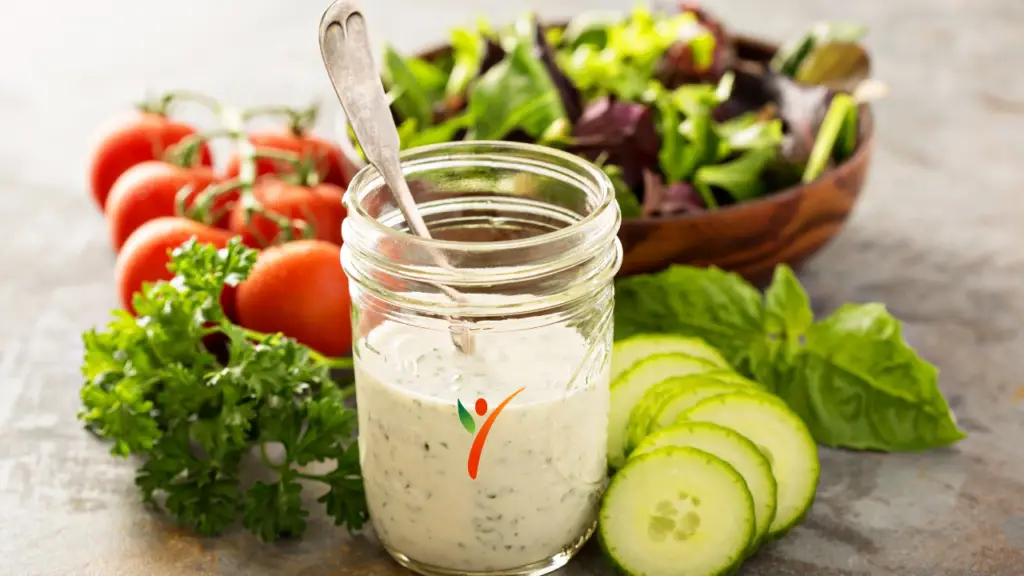
Ingredients
- 1/2 cup (112 g) sour cream
- 1/3 cup buttermilk
- 1 tablespoon white wine/balsamic vinegar
- 1 clove garlic
- 1/4 teaspoon kosher salt
- 1/8 teaspoon freshly ground black pepper
Directions
- Peel and mince your garlic finely.
- Whisk in a bowl all the combined ingredients.
- Move the salad dressing to an air-tight lid and store it in a refrigerator.
Caesar Dressing
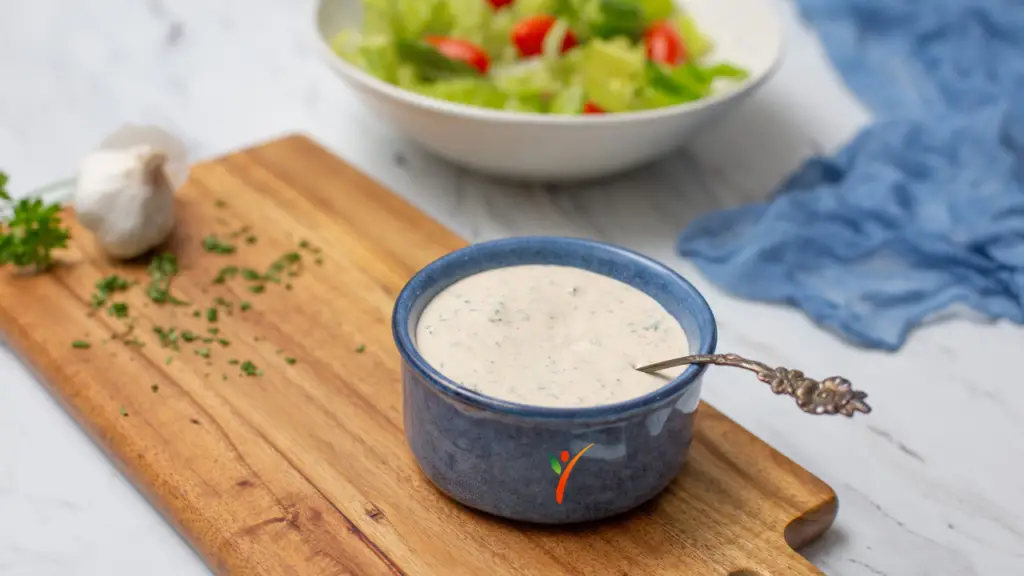
Ingredients
- 3/4 cup (168 g) mayonnaise
- 1 ounce Parmigiano-Reggiano cheese, chopped or grated
- 1 large clove garlic, chopped
- 3 tablespoons freshly squeezed lemon juice
- 1 teaspoon gluten-free fish sauce/Worcestershire sauce
- 1/4 teaspoon kosher salt
- 1/8 teaspoon freshly ground black pepper
Directions
- Add the ingredients in the order we have listed in a blender and blend them until smooth.
- Move the mixture to an air-tight and store it in the refrigerator.
- Additional Tip- Add small portions of milk or buttermilk in the blender as it blends if you want a creamier sauce.
Conclusion
Following a gluten-free diet isn't as hard as it is made out to be. Salad dressings can be the perfect addition to your gluten-free diet.
Add that flavor back in your life instead of shying away from it! You can even experiment with your dressings by combining various flavors.
Live Extraordinarily!

The owner of this website, HealthYeahLife.com, is a participant in the Amazon Services LLC Associates Program, an affiliate advertising program designed to provide a means for sites to earn advertising fees by advertising and linking HealthYeahLife.com Review to Amazon properties including, but not limited to, amazon.com.

